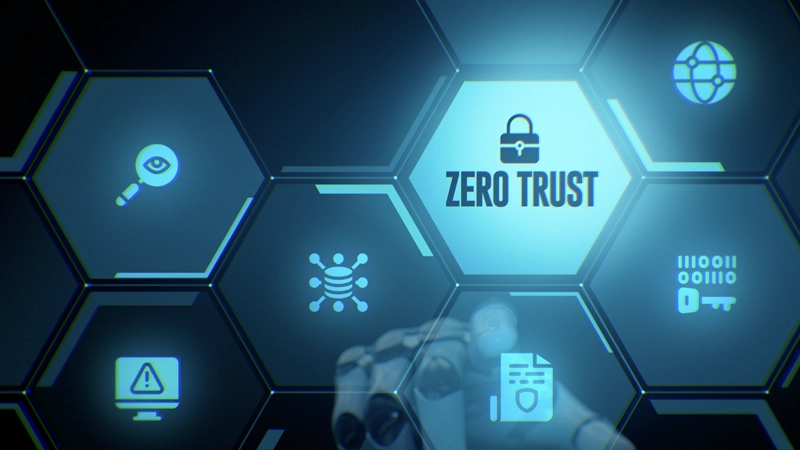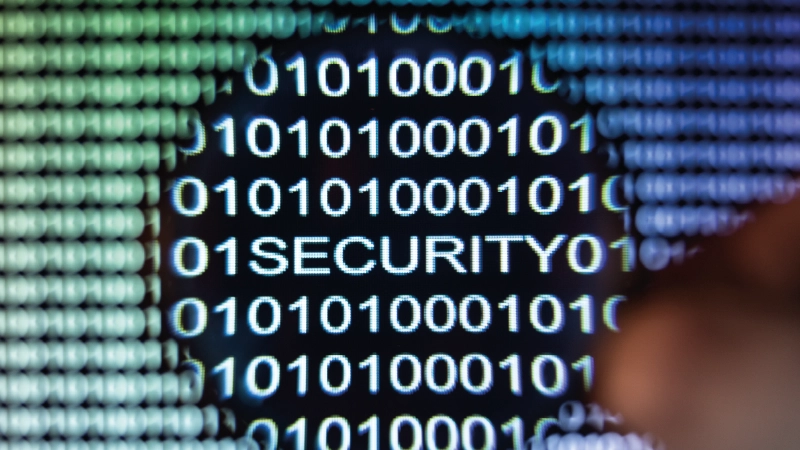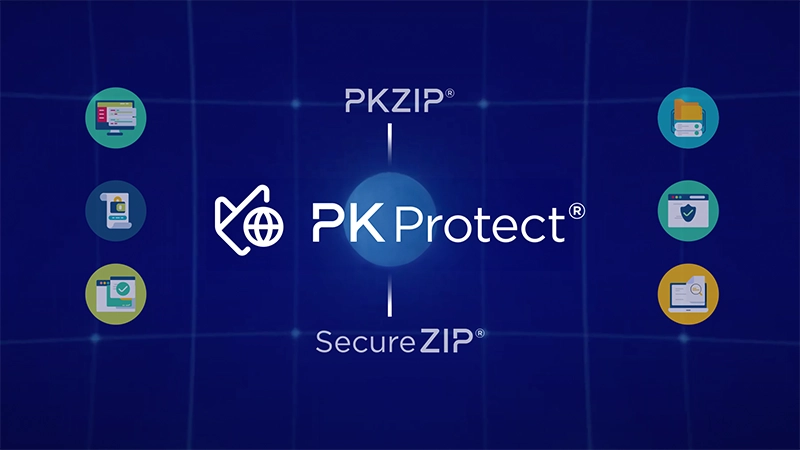Transform Your Data Security Posture with PK Protect
Take control of your data security like never before with PK Protect—the only platform that precisely discovers and protects sensitive data across structured, unstructured, and semi-structured environments.
For over four decades, our products and services have been helping the world’s largest companies protect their sensitive data, reduce risk, and allow secure data exchange with external parties; whether it resides or moves between mainframes, processing applications, user workstations, file servers, databases, or cloud storage.
PK Protect’s data-centric approach automates the discovery, encryption, classification, masking, of your data wherever it lives or moves. By consolidating these critical remediations into a single platform, PK Protect eliminates the need for multiple tools or additional resources, streamlining your security operations.
Once implemented, PK Protect minimizes manual effort, delivering accurate, real-time results to keep your organization secure and compliant, effortlessly.
PK Protect’s Data Discovery and Protection Capabilities
“DSPM technologies can discover unknown data and categorize structured and unstructured data across cloud service platforms. Security and risk management leaders can also use them to identify security and privacy risks as data spreads through pipelines and across geographic boundaries.”
Gartner’s: Innovation Insight: Data Security Posture Management Report










